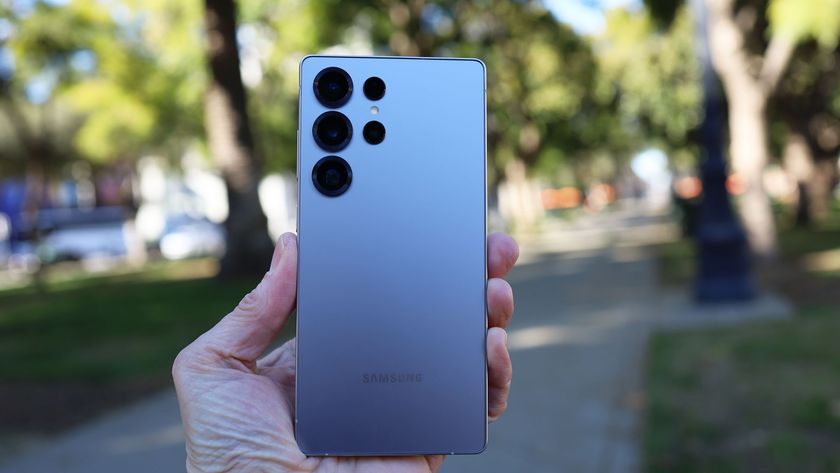Android banking botnet targets thousands
Researchers discover new botnet that has already infected over 800,000 Android devices

Researchers from the Czech Technical University, UNCUYO University and Avast have discovered a new Android banking botnet targeting Russian citizens that has been operating since at least 2016.
The Geost botnet has infected over 800,000 Android devices according to researchers' estimation and the hackers behind it potentially control several million Euros.
The unusual discovery of the botnet was made when the hackers decided to trust a malicious proxy network built using a malware called HtBot. The HtBot malware provides a proxy service which can be rented to provide users with a pseudo-anonymous connection to the internet. By analyzing HtBot network communication, the researchers discovered the large malicious operation.
- Android phones come with pre-installed malware
- "Son of Mirai" botnet appears
- French police take down global malware botnet
The hackers behind the botnet also failed to encrypt their communications which gave the researchers an unprecedented view into their inner workers. Their chat logs revealed how they accessed servers, brought new devices into the botnet and evaded antivirus software.
Geost botnet and banking Trojan
Avast researcher Anna Shirakova explained how the poor choices made by the group gave the researchers a great deal of insight into their operations, saying:
“We really got an unprecedented view into how an operation like this functions. Because this group made some very poor choices in how it tried to hide its actions, we were able to see not just samples of the malware, but also delve deep into how the group works with lower level operatives bringing devices into the botnet and higher level operatives determining how much money was under their control. All told, there were over eight hundred thousand victims and the group potentially controlled millions in currency.”
The Geost botnet appears to be a complex infrastructure of infected Android smartphones. The phones are first infected with Android APKs which resemble different fake applications including fake banking apps and fake social networks. Once an infected phone connects to the botnet, it is remotely controlled and the attackers can access and send SMS messages, communicate with banks and redirect the device's traffic to different sites. The hackers can also access a great deal of personal information from users of these infected devices.
Are you a pro? Subscribe to our newsletter
Sign up to the TechRadar Pro newsletter to get all the top news, opinion, features and guidance your business needs to succeed!
After the infection, command and control servers store a complete list of SMS messages of all the victims beginning the moment the device became infected. These messages are processed offline in the C&C server to automatically compute the bank balance of each victim.
The Geost botnet has a complex infrastructure made up of at least 13 C&C IP addresses, over 140 domains and more than 140 APK files. The primary targets of the banking Trojan were five banks, though the majority were from Russia.
- Protect your devices with the best antivirus software
After working with the TechRadar Pro team for the last several years, Anthony is now the security and networking editor at Tom’s Guide where he covers everything from data breaches and ransomware gangs to the best way to cover your whole home or business with Wi-Fi. When not writing, you can find him tinkering with PCs and game consoles, managing cables and upgrading his smart home.











